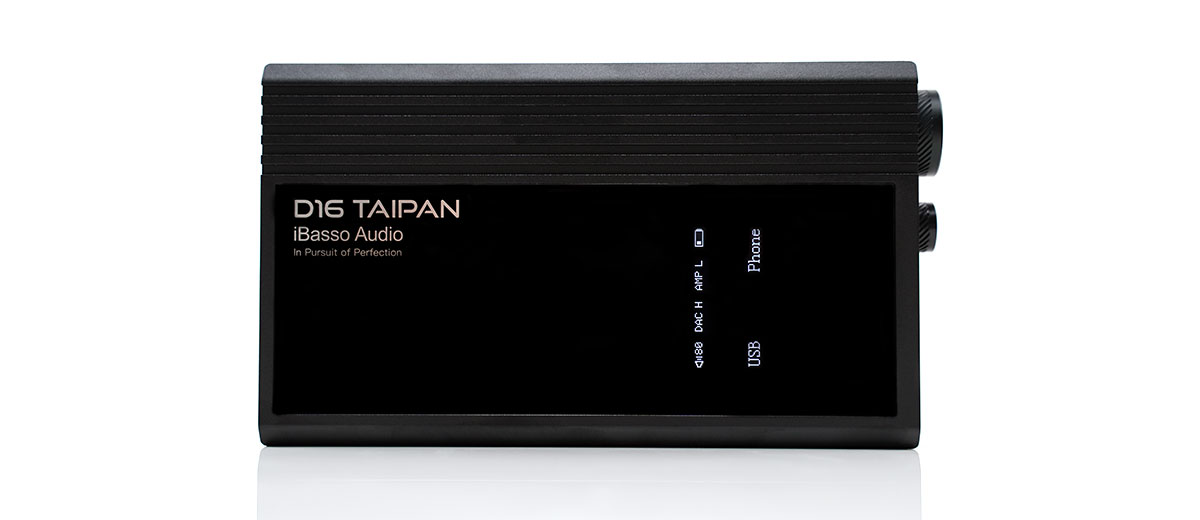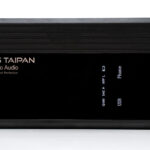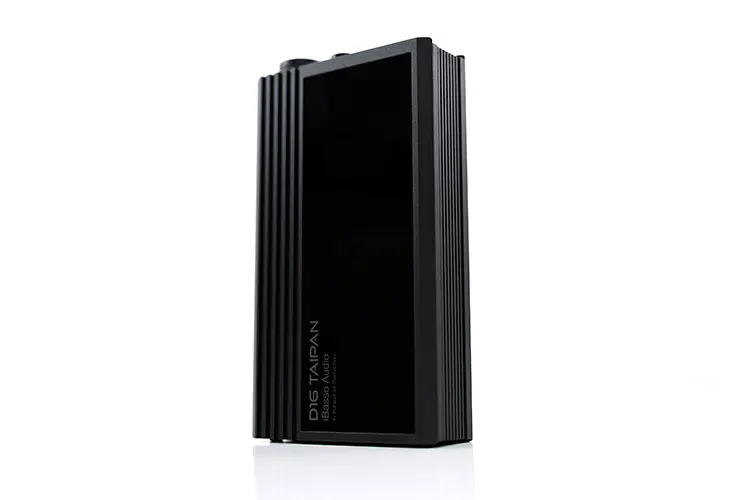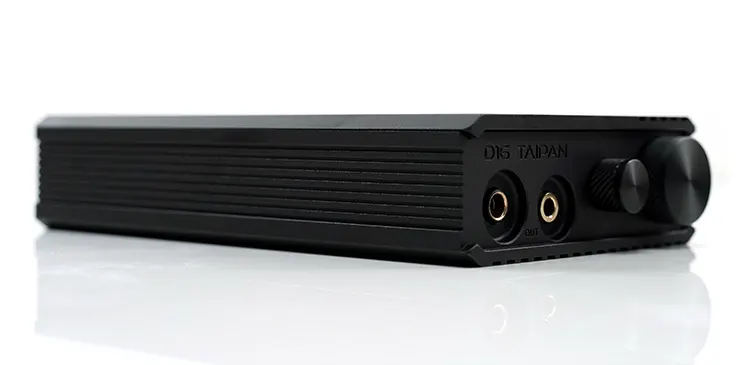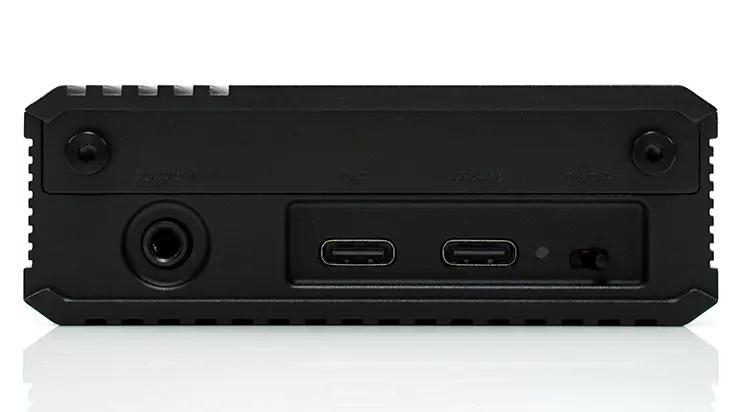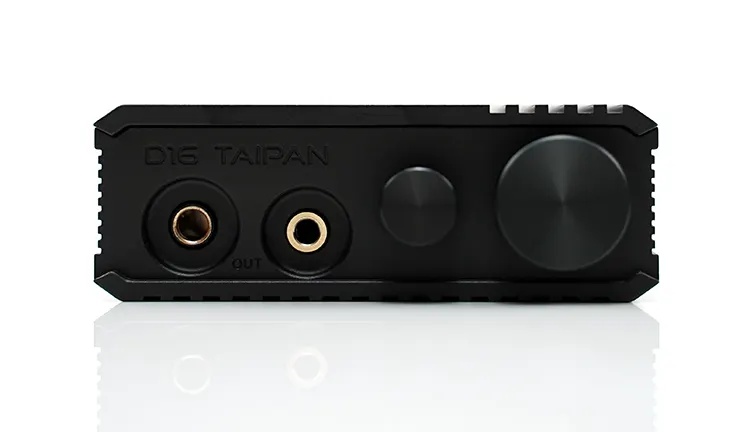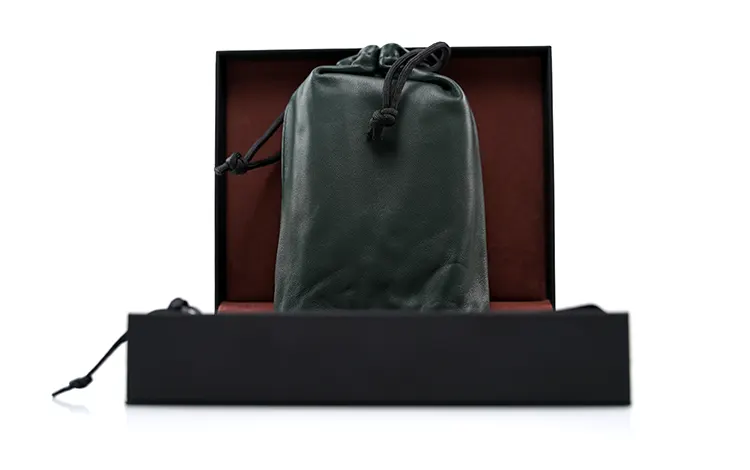Today Marcus reviews the iBasso D16 Taipan, a $1499 high-end integrated discrete-engineered 1BIT DAC and super Class A 1.125W headphone amplifier. It is priced at $1499.
Disclaimer: I received this sample in exchange for my honest opinion. Headfonics is an independent website with no affiliate links or status. I thank iBasso for this opportunity.
Click here to read more about iBasso products we have previously reviewed on Headfonics.
Note that this article follows our current scoring guidelines, which you can read in more detail here.
Nowadays, iBasso offers a wide range of audiophile products. However, you could be forgiven for not knowing it started with integrated portable DACs and headphone amplifiers.
That was their bread and butter for years, going back to the D-Zero in 2011 and the D14 Bushmaster in 2015. I had a few more as personal purchases, also, I think everyone did back then before DAPs and dongles gobbled up the target market.
If you want a successful portable Amp/DAC today it has to be unique. In the case of the $1499 D16 Taipan, iBasso feels they have just such a product with an integrated discrete-engineered PWM-DAC and a Class A balanced headphone amplifier all rolled into one box.
This is a high-end offering for home and portable use, targeting audiophiles who might be considering setups such as the Chord Electronics Hugo 2, or perhaps the recent ONIX Mystic XP1.
Equally at home with IEM and headphone users, the D16 Taipan has a wonderfully analog tonal quality with star power in a set of vibrant mids and vocals. Enough of a difference from the competition provided by Chord and ONIX? I find out in my full review below.
Features
So what is the iBasso D16 Taipan? It is primarily a portable integrated DAC and headphone amplifier with up to 9 hours of battery life and QC3.0 quick charging ability.
You can also use the D16 as a compact desktop setup or a pure DAC with independent charging and data connections. Quite a few owners also pair it with powerful analog amplifiers such as the matching iBasso PB5, (review soon).
However, that is not a prerequisite since its discrete Super Class A balanced headphone amplifier can generate up to 2A of current and 1125mW output power on a balanced 32Ω load and up to 4Vrms LO on a balanced high gain connection.
1BIT PMW-DAC
The real star is the discrete-engineered 1BIT PMW DAC inside which is a similar approach to the likes of the Chord (Hugo 2 and TT2) and select Mola Mola DACs such as the Tambaqui,
The D16 Taipan processes the input signal via iBasso’s in-house FPGA Master 2.0 digital bridge. This includes algorithmic noise shaping to lower the noise floor and global clocking for jitter via 2 Accusilicon oscillators. Once complete a PWM or pulse wave modulation signal is sent to the PMW DAC for decoding.
This particular 1BIT DAC is a PWM or Pulse Wave Modulation configuration in FIR Mode. And there are lots of them, 128 precision resistors to be precise in 16 sets of 8E PWM cascades, (4 sets per L+, L-, R+, and R- output).
Via USB (ASIO) you can decode up to 32BIT/768kHz, (though via WASAPI this can drop to 386kHz) with a native decoding ceiling of DSD512. The D16 Taipan also supports coaxial and optical output at PCM 768kHz/DoP256 and PCM 192kHz/24BIT respectively.
Design
The D16 Taipan is an old-school boxy compact portable design. It’s not too big but not too small either. Side by side with the ONIX Mystic XP1, it’s much smaller and lighter. It’s closer to the DX320 MAX Ti size but again, much lighter at 312g in weight.
The D16’s black ribbed aluminum housing is a dimensional match for the PB5 tube amplifier, which iBasso released simultaneously.
This makes it a very stackable desktop or portable combo though for portable I feel it’s a little bit on the chunky side. I would rather describe it as a transportable setup.
The top plate is where all the action is with a smooth black plate laid over a 1.3” OLED built-in display to give it a clean and integrated look. You will only notice the screen when turned on.
Despite its size, the display is quite legible and well-organized. At the top, it shows volume, gain, and battery life, and below it, it indicates whether you are connected as a USB DAC or in OTG digital audio.
It does have a secondary menu accessible with a press from the smaller multifunction knob on the front panel. This gives USB interface options for DAC and OTG, backlight controls, and firmware data.
A 2-stage gain option is also available but split between the amplifier and DAC meaning you have 4 gain levels at your disposal.
I/O
Inputs and outputs are digital on the rear panel and analog balanced and single-ended PO/LO on the front panel. The D16 is designed to separate data and power with USB-C ports for each to allow you to charge and play back at the same time.
There is an additional SPDIF (coaxial) output port consistent with iBasso’s long-standing commitment to providing classic HiFi connectivity for its DAC products. The tiny switch on the far right is the power button.
The 4.4mm Pentaconn and 3.5mm TRS ports at the front are dual-function meaning they work for both LO and PO with the option to choose which one within the onboard software menu system.
My only critique of the D16 I/O layout is the minuscule etched labeling over the ports, which I cannot read without glasses and strong illumination. I wish it was a little more legible.
Controls
The D16 Taipan has no app interface or wireless connectivity so all controls are manually operated with two dials at the front, small and big. The small is the multifunction dial and DAC digital volume control and the large is iBasso’s vaunted stepped analog potentiometer found in the DX320 MAX Ti.
The DAC and analog volume controls work independently adding a welcome degree of granular digital volume control in 100 steps to the bigger 3 dB per step (24) provided by the analog stepped potentiometer.
This combination of volume controls works well for sensitive IEMs where 3 dB jumps can often be too crude for fine volume control adjustments. The additional 100 steps from the digital side will help nail that precise control level in an easily accessible manner.
Packaging & Accessories
The D16 Taipan case is low profile but finished to a very high level in an executive softer leather outer. The unit is tucked inside a cool green leather pouch with an additional green leather case wrap and a metal venting panel on the rear.
I love green, this is right up my alley. Picking green makes me happy and increasingly more green is showing up for cases and packaging in audiophile products. YMMV.
The case is excellent. It’s tightened from the side using velcro and not once has the D16 fallen out. There are plenty of cutouts for the display and ports so everything is easy to access and read.
The D16 Taipan also comes with a fair amount of quality finished short ICs with a similar braided 4-core high-purity silver-plated copper wire that came with the DC-Elite, just slightly longer.
You get terminations for Android, Lightning for older iPhones, and a classic 3.5mm to 3.5mm SE for LO duty.
iBasso has also added a short 3.5mm coaxial plug IC and a 1m USB-C to USB-A cable for charging, DAC, and firmware updating duties.
Click on page 2 below for my sound impressions and recommended pairings.

